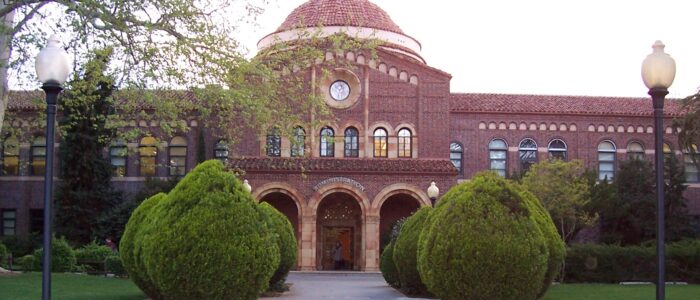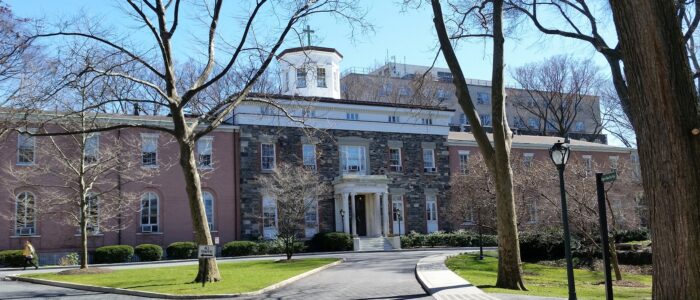We track action in the catalog of this consortia standards developer because we continually seek ways to avoid spending a dollar to save a dime; characteristic of an industry that is a culture more than it is a business.
While not an ANSI accredited the FASB/GASB standards setting enterprise’s due process requirements (balance, open-ness, appeal, etc.)* are “ANSI-like” and widely referenced in education enterprise management best practice. Recent action in its best practice bibliography is listed below
ACCOUNTING STANDARDS UPDATES ISSUED
For obvious reasons, we have an interest in its titles relevant to Not-For-Profit Entities
WHAT IS THE FASB NOT-FOR-PROFIT ENTITY TEAM
Inside the latest PCC meeting: a closer look at what’s shaping the Council’s current priorities. 🎥 Watch the update: https://t.co/VZ02TZwcVu
— FASB, GASB, and FAF (@FAFNorwalk) October 28, 2025
At present the non-profit titles are stable with the 2020 revision. That does not mean there is not work than can be done. Faculty and students may be interested in the FASG program linked below:
Also, the “Accounting for Environmental Credit Programs”, last updated in January, may interest colleges and universities with energy and sustainability curricula. You may track progress at the link below:
EXPOSURE DOCUMENTS OPEN FOR COMMENT
We encourage our colleagues to communicate directly with the FASB on any issue (Click here). Other titles in the FASB/GASB best practice bibliography are a standing item on our Finance colloquia; open to everyone. Use the login credentials at the upper right of our home page.
![]()
Issue: [15-190]
Category: Finance, Administration & Management, Facility Asset Management
Colleagues: Mike Anthony, Jack Janveja, Richard Robben
What do you think: Do investors need a clearer picture of non-financial donations made to not-for-profits?#FASB needs your feedback to help help the Board determine how to move forward. Share your thoughts by April 10.#giftsinkind #charitablegivinghttps://t.co/MBMhEOFUlE pic.twitter.com/o4pdMC0yXq
— FASB, GASB, and FAF (@FAFNorwalk) March 31, 2020




































